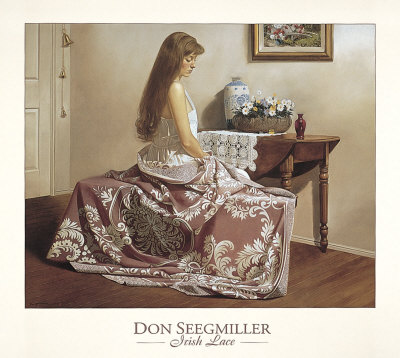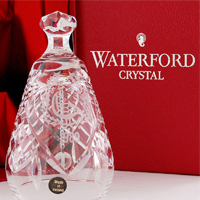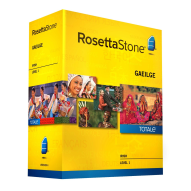The History of Irish Lace
 |
Irish lace is world famous for the intricate designs that developed from very simple patterns. While lace making today is a big business, with large factories rolling off yards of fabric in minutes, the earliest Irish lace was a basic cottage industry. In 1800's Ireland, the wealthy lords owned the land and tenant farmers were "dirt poor" with little money for necessities. Then came the great famine, and the poor were even more destitute than before. Many men were sent to the workhouses to basically work for food, otherwise, they would starve to death.
Many of the Catholic Ursuline nuns, of the Order of St. Ursula, came into Ireland as they did in all Christian countries around the world. Their convents sprang up and they eventually developed and ran the parochial schools. These nuns were familiar with Venetian lace which they brought over from France. Irish women had been producing rough cloth (raw linen) for their families for generations. The nuns realized the opportunity that these skills presented to help save the people from the famine. They began teaching many girls and women to produce the fine crochet that has come to be known as "Irish lace".
Families developed designs and motifs. The patterns were closely guarded secrets passed from mother to daughter. The details were kept so secret that many of them were lost as the families either died off or fled the poverty for other lands.
The crochet schools established by the Ursuline nuns in the 1850's and 1860's disappeared as the industrial revolution emerged and factory mass production of lace became the rule. The 1880's saw a brief revival of the cottage lace industry and produced most of the samples that are now family heirlooms or museum pieces. In modern Ireland, women create lace patterns and enter them into competition for prizes at county fairs. At Kiltale House in Co. Meath, Michael Lydon displays his late mother's collection of blue ribbon samples of her Irish lace.
The Sheelin Irish Lace Museum is a wonderful place to visit in person or through the virtual tour. The tour includes a brief history and stunning graphics of Youghal Needlelace; Inishmacsaint Needlelace; Crochet; Limerick Lace and Carrickmacross. The Museum traces the history of lace-making in Ireland, and conveys to the visitor the importance of the industry to Ireland as a whole and to Irish women in particular.
Disclaimer: LittleShamrocks.com is an affiliate website that receives commissions from sales of the products listed. We have purchased and sampled many, but not all, of the products on these pages.
© Copyright LittleShamrocks.com. All Rights Reserved.




